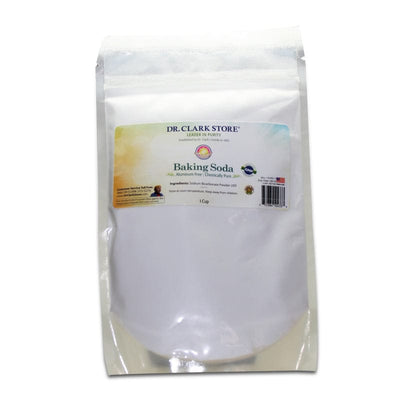How Toxic are Paper Towels, Toilet Paper and Other Paper Products?

Did you know that many paper towels contain a multitude of toxic chemicals, such as chlorine and formaldehyde? While chlorine gives those towels their pristine white look, it also has a dark side.
The problem is not only the chlorine, but that fact that it leaves behind by-products like dioxin, furans and formaldehyde, all certified carcinogens. One study examined the toxicity of 5 different brands of sanitary napkins, analyzing them for the presence of phthalates, chlorine, VOCs, furans, and dioxins. They found that while most chemicals were below the safety limits, dioxins were roughly 3 times higher than safe levels (1).
What are Dioxins?
Dioxins, polyhalogenated aromatic hydrocarbons of the poly-halogenated variety, are formed as a byproduct of chlorine bleaching. They are considered the most toxic, endocrine disrupting chemicals known to human and animal biology. And are also fat soluble, and so can accumulate over time and even pass from mother to her unborn while pregnant (2). In a meta-analysis of 15 studies on the adverse effects of dioxins on pregnancy, researchers found that exposure was linked to birth defects (3).
This fat solubility and tendency to move up the food chain, is also the reason that farm-raised fish and commercial butter are now the highest sources, according to study in the Journal of Toxicology and Environmental health (4). Given that this study was done in 2001, the levels can be assumed to be even higher at present.
Which Dioxins are We Being Exposed to?
There are several dioxin-related toxicants of concern, such as polychlorinated biphenyls (PCBs), polychlorinated dibenzo-p-dioxins (PCDDs), and polychlorinated dibenzofurans (PCDFs), all classified as known carcinogens, and associated with thyroid hormone dysregulation, as well as impaired immune function and neurological development (5). The most toxic of the dioxins is TCDD, a component of Agent Orange, and used to deliberately poison the Ukranian presidential candidate in 2004.
Moreover, these kinds of dioxins found in paper towels and used in gardening, kill soil microbes in compost, and accumulate in food grown in that soil. Pets are also at risk, as many get into and chew on toilet paper and paper towels.
![]()
Which Paper Products Contain Dioxins?
Dioxins are most prevalent in every paper product that was bleached. For example, cotton balls used for cosmetics have been found to be contaminated (6). The authors of the study noted that the dioxins induce cytochrome P450 1A1 gene, increasing transcription of the CYP1A1 protein, even after only one exposure, while control animals did not show such gene activation.
Toilet paper and paper towels are likely the worst sources for consumers. One study found that 17 popular brands of toilet paper contained PFAS, or "forever chemicals" that do not break down for decades and are linked to cancer, liver damage, and other diseases. The top brands were Charmin Ultra Soft, but even certain Bamboo toilet papers and Seventh Generation 100% recycled toilet paper (7).
Top Paper Products to Avoid:
- Paper towels: Especially when bleached and allowed contact with food or skin
- Feminine pads: can contain 3x the “acceptable” safe limits
- Cotton Balls: activate genes associated with hydrocarbon detoxification
- Toilet paper: also contains BPA and a host of other chlorine byproducts, carcinogenic petroleum-based oils and paraffin, fragrances, and formaldehyde.
- Paper plates and cups: Dioxins easily leech into beverages and food contained in bleached paper products. If using was-lined, make sure they are made using natural wax.
Summary
Dioxins:
- Implicated in birth defects, and creating hormonal imbalances by interfering with the hormone DHEA, responsible for determining female and male traits
- Linked to cancer and neurodevelopmental disease.
- Bioaacumulate and so need both avoidance and detox strategies
How to Detox Dioxins?
One of the best remedies for detoxing these fat-soluble toxins is actually Ghee, or clarified butter. This ancient Ayurvedic remedy works as a chelator by lipophilic mediation of fat-soluble toxins through Phase III detoxification.
Studies have shown that ghee also detoxifies dioxin-like polychlorinated biphenyls (PCBs) (8). Basically, by increasing the amount of fat consumed, this increased the amount that is excreted and therefore reduces toxic load.
Ghee is best combined with nutraceuticals that enhance the body's detoxification pathways, and several have been specifically shown to reduce the effects of dioxins and remove them from the body, such as Turmeric, NAC, quercetin, selenium and zinc.
Alternative Paper Product Suggestions:
100% Chemical-Free Bamboo Paper Towels
Organic Cotton Ear Swabs: Chlorine Free
Day Pads: Chlorine-Free, Dioxin-Free




Excellent information. I had no idea. Thank you for this article.
Leave a comment